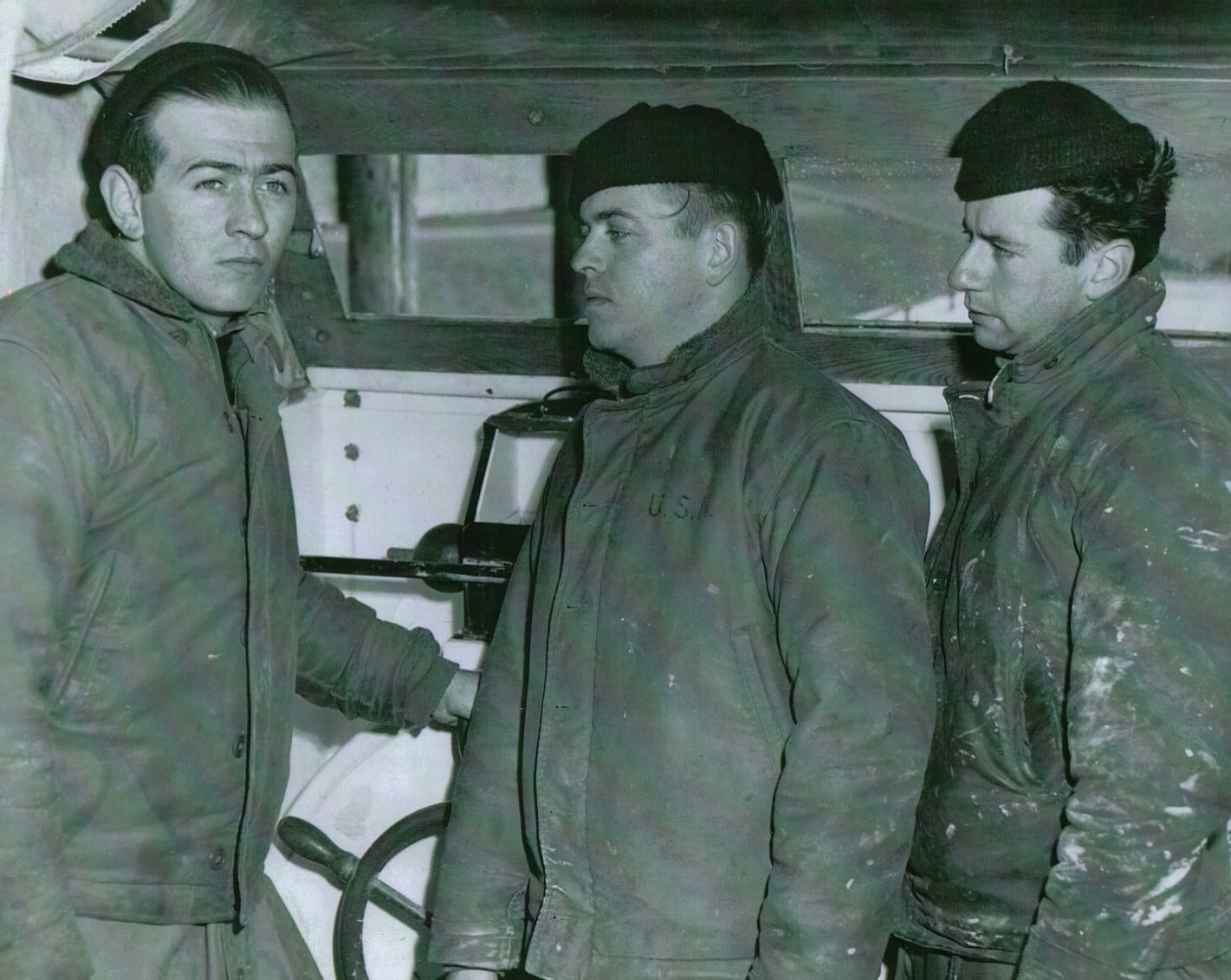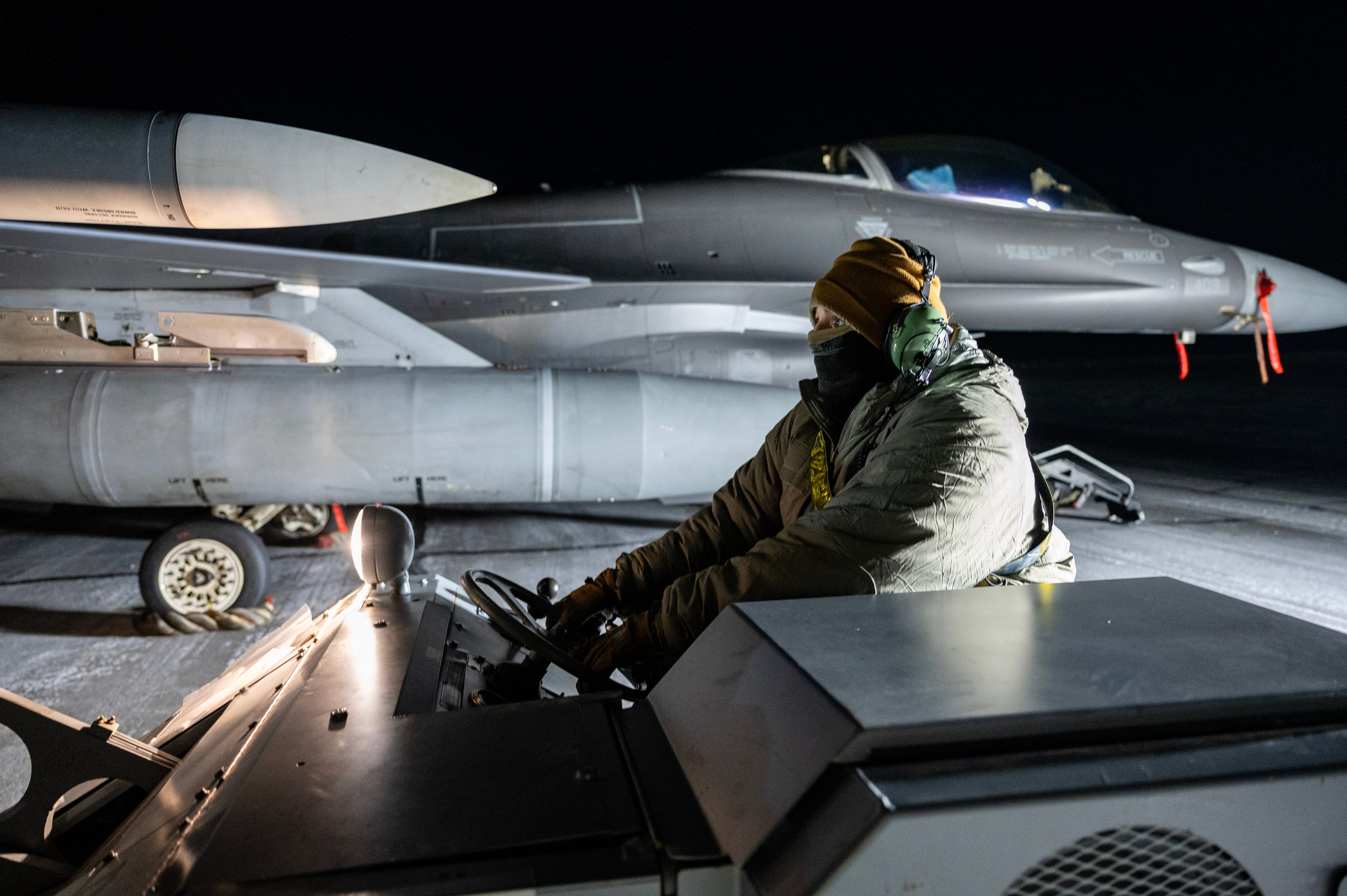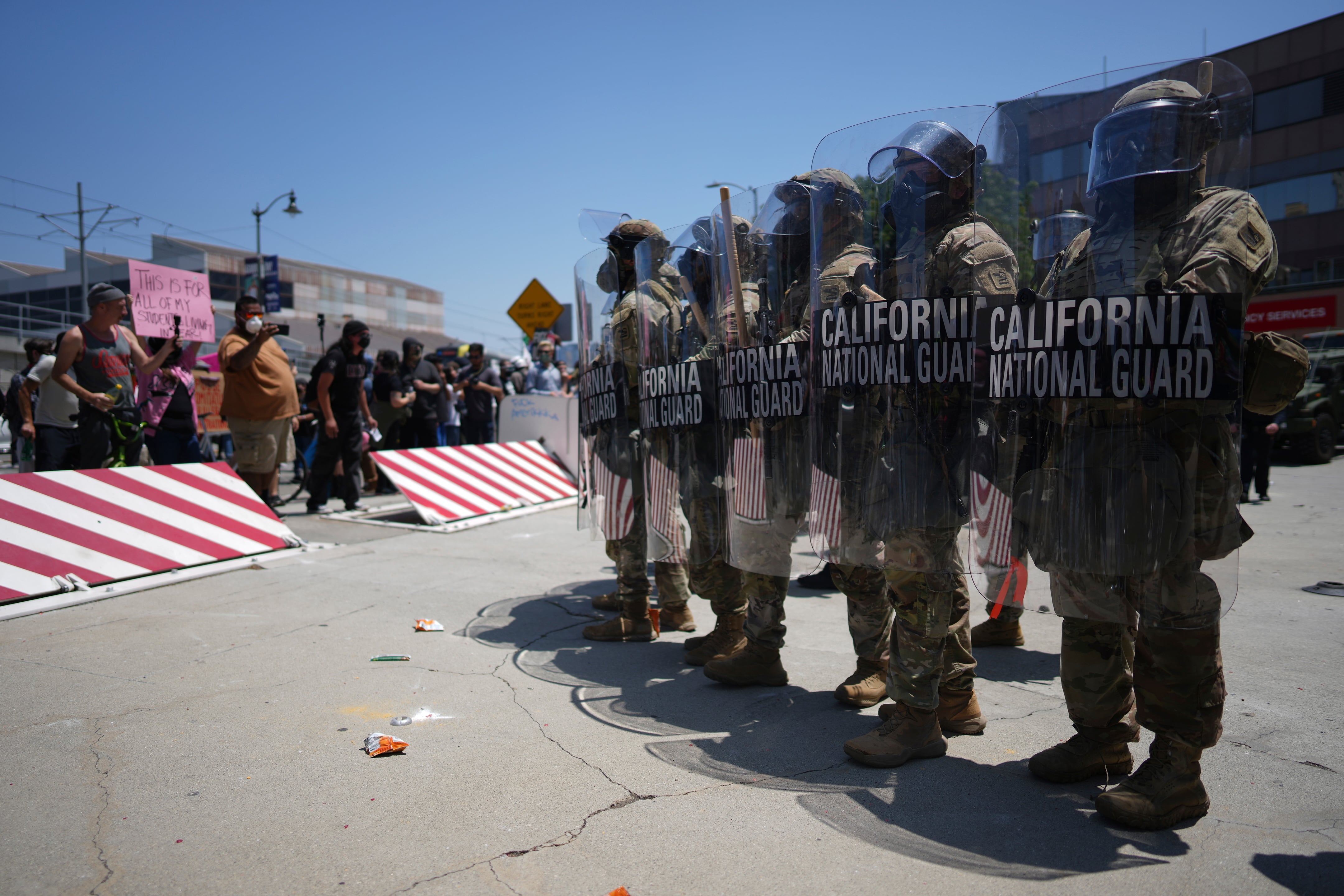When real-life stories are turned into books, and those books are turned into movies, there's always a chance that the original tale could get butchered in the process.
Michael J. Tougias, who spent years researching and writing the definitive account of the Coast Guard's greatest small-boat rescue, says that the movie got it right.
"Oh, I loved it," he said of the film version of "The Finest Hours," released by Disney on Jan. 29. "You know what? I've seen it three times now and I liked it more each time."
It was the winter of 1952 and a hurricane-force storm was barreling toward New England. Off the south coast of Cape Cod, the oil tanker SS Fort Mercer split in two, so the majority of the region's cutters and air assets went to help.
Hours later, the SS Pendleton also split in two, off the cape's southeast point. All the Coast Guard could spare in the raging 20-foot seas was one 36-foot life boat and four junior enlisted men.
The film stars Chris Pine as Boatswain's Mate 1st Class Bernard Webber and Casey Affleck as Pendleton crew member Ray Sybert, with Eric Bana as Station Chatham, Massachusetts' commanding officer Lt. Cmdr. Daniel Cluff and Holliday Grainger as Webber's fiancée, Miriam Pentinen.
Shortly after the book's release in 2009, Tougias said, a Boston-area movie producer named Dorothy Aufiero approached him with the idea of putting his meticulously-researched historical account onto the big screen.
She shopped it around and got an offer from Disney, who rather quickly and smoothly got the script written, the cast hired and the movie into production over the next few years, Tougias said.
The screenwriters consulted the author regularly, but like with any movie adaptation, some parts had to be tweaked or invented to make the story come alive.
"I think the first time [I saw it] I made the mistake of getting caught up with, 'Okay, which parts did we have to manufacture to make it a great movie?' versus what happened," he said. "But I think 90 percent of it is just the way it happened."
How the real story compares to the movie:
1. Miriam was actually in bed with the flu.
The movie begins and ends with the love story between Webber and Pentinen, newly engaged.
On the day the winter storm picks up, the cinematic Miriam bursts into Station Chatham looking for Webber, only to be told he's taken a 36-foot life boat with three crew members to rescue 33 men from the oil tanker SS Pendleton, which had split in two on 20-foot seas out past the sand bars that fence in the southeast corner of Cape Cod.
She plays a large role in the film, but back on Feb. 18, 1952, the real Miriam Pentinen was figuratively under the weather.
"The biggest change was the hero's fiancée, because in the real event, she was home in bed with the flu and so you wouldn't have much acting on her part," Tougias said.
However, the essence of the real woman was there.
"I was with Bernie Webber's daughter [at a screening], so that's her mom on the screen, and she said, 'Yep, that's just how my mom was,' " Tougias recalled. " 'She would've been the one to ask my father to marry him and she would have marched right into the station.' "
2. No one is sure whether Pendleton ran aground.
Tougias spent years researching the Mercer and Pendleton rescues, but not every piece of the puzzle came together after 50 years.
"I was working on a book called 'Fatal Forecast' years ago when I saw this report ... of a Coast Guard about 'The Finest Hours' rescue, the Pendleton and the Fort Mercer," he said. "I was really shocked that I didn’t know anything about it. I thought, 'Here I am, I’m supposed to be this expert, this is one of the greatest rescues of all time and I didn’t even know about it.' "
Luckily, Webber and two of the men on the CG36500 life boat that day were still alive to interview, but piecing together what happened on the tankers was much more difficult.
Only one survivor, Charles Bridges, was still alive.
"Then it hit me as I went through various newspapers from 1952, each newspaper across the U.S. interviewed a survivor from their readership, because there were 70 survivors in total," he said.
Eventually, he said, he was able to go through every newspaper in the U.S., finding one-on-one interviews with many of the the survivors.
In the film, the crew managers to run the stern section of the split Pendleton into a shoal, giving them a chance to stay put for a while and be found.
"Only one survivor brought that up in an interview, so I thought, if they really did that, they all would have talked about it," Tougias said.
But, he added, Webber did tell him that he heard a groaning noise as they headed back to shore, which could have been the ship shaking loose before it sank.
3, Webber refused the Gold Lifesaving medal.

Boatswain Mate 1st Class Bernard Webber refused to accept the Gold Lifesaving Medal until his crewmates, including Seaman Richard Livesey, center, and Engineman 3rd Class Andrew Fitzgerald, right, also received it.
Photo Credit: Courtesy Michael J. Tougias
For his crew's rescue of 32 of the 33 Pendleton crew members, the Coast Guard nominated Webber for its Gold Lifesaving Medal, one of the service's highest awards.
That part is in the movie, but it doesn't mention that originally, his three-person crew wereas only offered the silver.
"I thought they should have been put it in the movie but they didn't," Tougias said.
Engineman 3rd Class Andrew Fitzgerald, Seaman Richard Livesey and Seaman Ervin Maske were eventually awarded Gold Lifesaving Medals, after protest from Webber.
"He told them, 'Keep your medals. I don't want it if they don't get gold,' " Tougias said. "He was not trying to take full credit, ever, for this. He would call some parts lucky."
Though Pine appears stoic and resolved on film, Tougias said Webber readily admitted how terrifying it was.
"He did say he was afraid," Tougias said. "He wasn't just, 'Oh I'm going to do this, and there's no ifs, ands or buts.' He was afraid."
Meghann Myers is the Pentagon bureau chief at Military Times. She covers operations, policy, personnel, leadership and other issues affecting service members.










